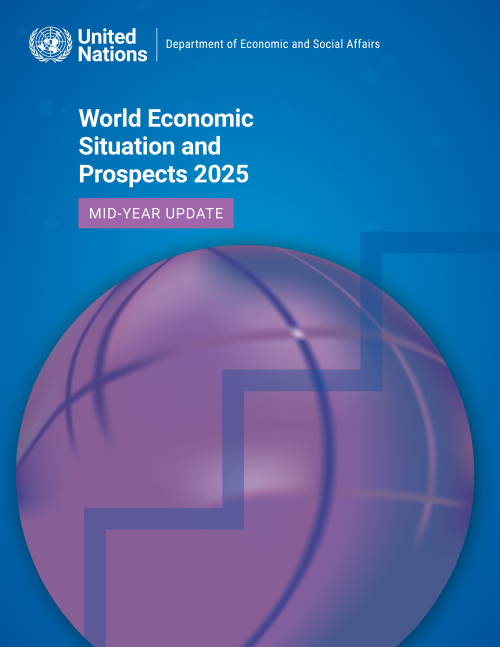
The world economy is at a precarious moment. Heightened trade tensions, along with policy uncertainty, have significantly weakened the global economic outlook for 2025. Higher tariffs—resulting in a significant increase in the effective tariff rate in the United States of America—are likely to strain global supply chains, drive up production costs and delay critical investment decisions, while also contributing to financial market volatility. Global economic growth is now projected to slow to 2.4 per cent in 2025, down from 2.9 per cent in 2024, and 0.4 percentage points below the January forecast. The downward revisions in growth forecasts are broad-based, affecting both developed and…
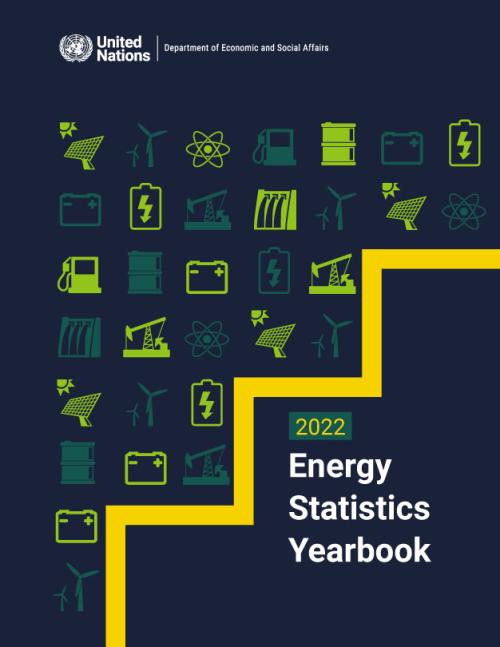
The 2022 Energy Statistics Yearbook is the sixty-sixth issue in a series of annual compilations of internationally comparable statistics summarizing world energy trends, which commenced under the title World Energy Supplies in Selected Years, 1929-1950.
Annual data for more than 200 countries and areas for the period 2019 to 2022 are presented on production, trade and consumption of energy for solid, liquid, and gaseous fuels, electricity, and heat. Per capita consumption series are also provided for all energy products.
Graphs are included to illustrate historic trends and/or changes in composition of production and/or consumption of major energy products.…
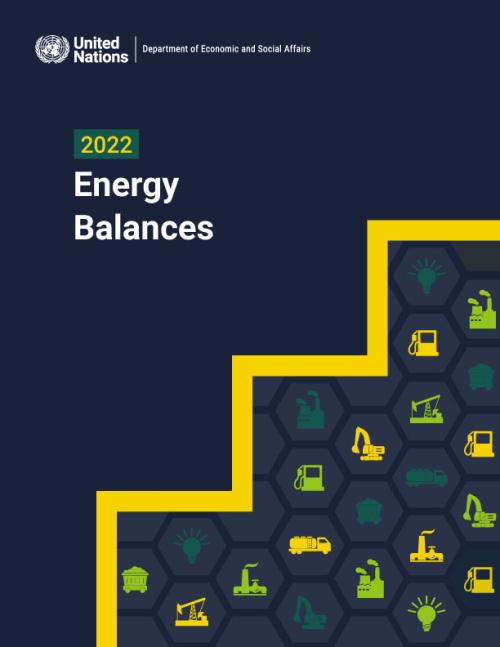
The 2022 Energy Balances publication presents energy data for over 200 countries and areas in a format which shows the overall picture of the yearly production, trade, transformation and consumption of energy products utilized in each country or area shown, for the years 2021 and 2022. Such a format, presented in a common energy unit, the Terajoule, is useful in assessing and analysing supply and consumption patterns across both products and countries in detail on an internationally comparable basis.
It is the eleventh issue of Energy Balances as a stand-alone publication, replacing the previous series of Energy Balances and Electricity Profiles. The…
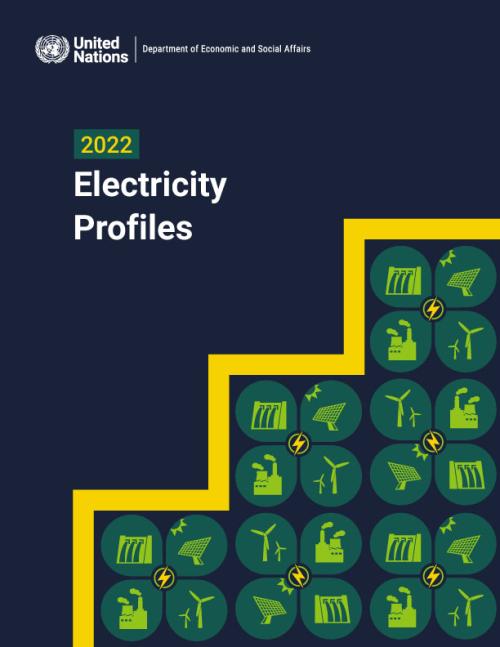
The 2022 Electricity Profiles publication provides an overall picture of the electricity sector of over 200 countries and areas on an internationally comparable basis, for the years 2017-2022. It displays detailed information on production, trade and consumption of electricity, on net installed capacity and thermal power plant inputs and efficiency for each of these countries and areas.
This is the eleventh issue of Electricity Profiles as a stand-alone publication, replacing the previous series of Energy Balances and Electricity Profiles.
The publication is available in printed and electronic (PDF format) versions.
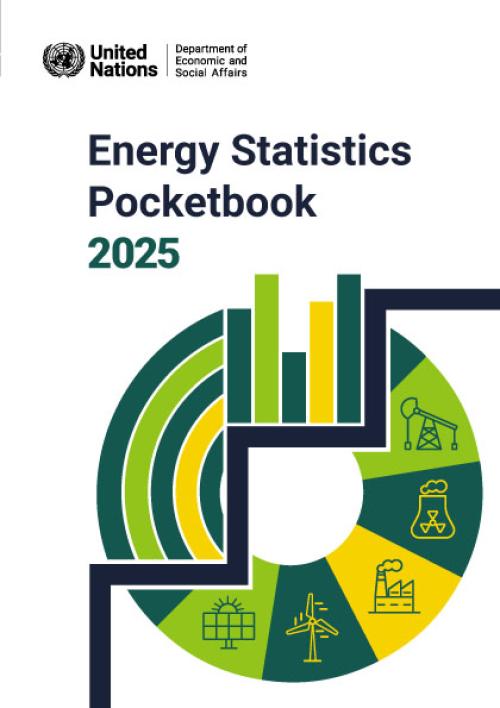
The 2025 Energy Statistics Pocketbook publication is the eighth in a series of pocketbook compilations on energy statistics designed to highlight the availability of data on various aspects of energy production, transformation and use and its linkages to other key statistics. The information in this publication is primarily based on the energy data available in the 2022 editions of the Energy Statistics Yearbook, the Energy Balances, and the Electricity Profiles.
The Energy Statistics Pocketbook aims at providing additional information by highlighting key indicators and using different visualizations to show developments, dependencies and distributions in a way that…
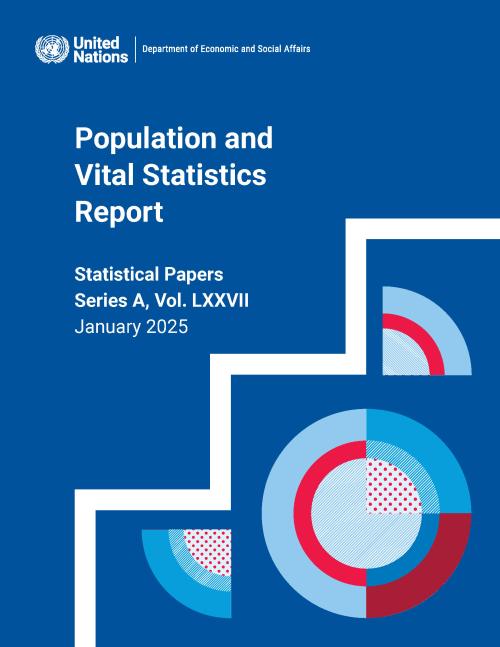
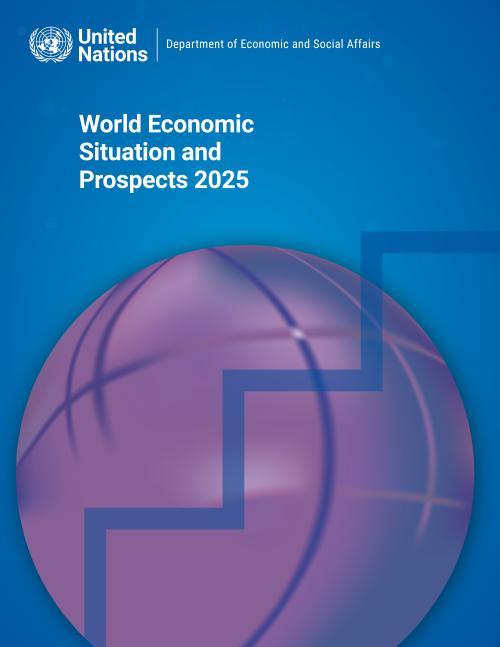
Global economic growth is projected to remain at 2.8 per cent in 2025, unchanged from 2024, according to the United Nations flagship report, World Economic Situation and Prospects (WESP) 2025. While the global economy has demonstrated resilience, withstanding a series of mutually reinforcing shocks, growth remains below the pre-pandemic average of 3.2 per cent, constrained by weak investment, sluggish productivity growth, and high debt levels.
The report notes that lower inflation and ongoing monetary easing in many economies could provide a modest boost to global economic activity in 2025. However, uncertainty still looms large, with risks stemming from geopolitical conflicts,…
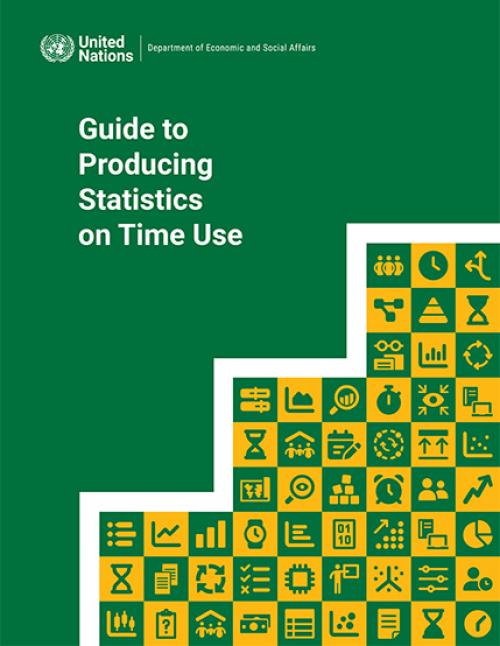
The updated Guide to Producing Statistics on Time Use offers national statistical offices and policymakers practical recommendations and best practices for collecting, processing, analyzing, and disseminating time-use statistics. These statistics support research and inform policies on various topics, including unpaid work and non-market production, well-being, and gender equality. The Guide introduces key concepts and definitions related to time-use data and provides detailed guidance on each phase of implementing a time-use survey. It emphasizes the modernization of time-use statistics by incorporating innovative technologies and processes. Additionally, the Guide includes a…
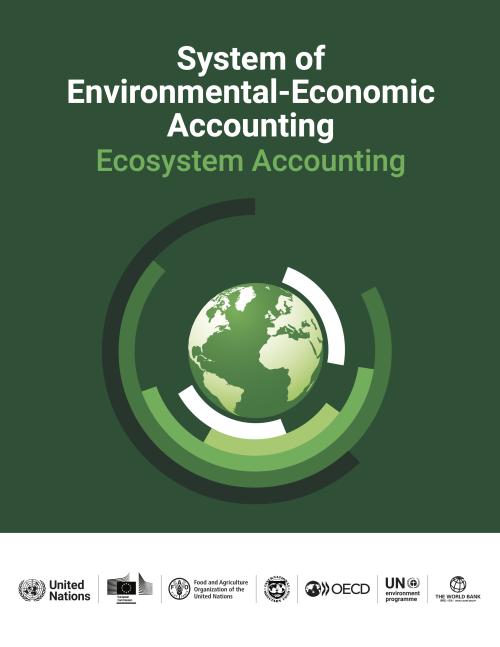
The System of Environmental-Economic Accounting—Ecosystem Accounting (SEEA EA) constitutes an integrated and comprehensive statistical framework for organizing data about habitats and landscapes, measuring the ecosystem services, tracking changes in ecosystem assets, and linking this information to economic and other human activity.
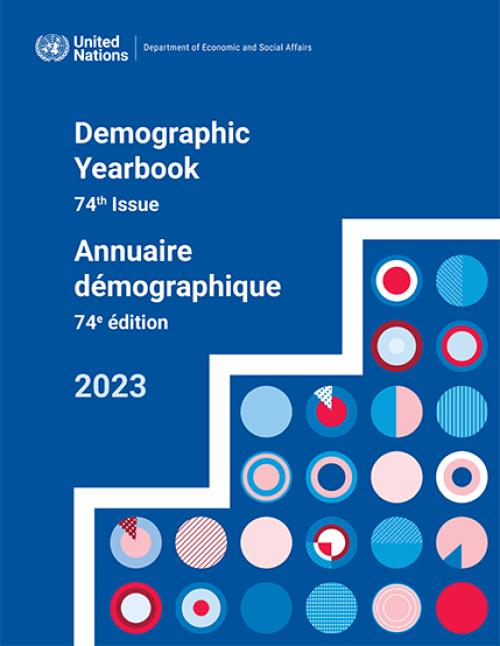
Demographic Yearbook 2023 is the the 74th issue in a series published since 1948. Through the cooperation with the National Statistical Offices, official demographic statistics are compiled in the Yearbook, as available, for more than 230 countries and areas of the world up to the reference year 2023. This edition of the Yearbook contains chapters on the population size and distribution, the population of capital cities, fertility, foetal mortality, infant and maternal mortality, general mortality, nuptiality and divorce.
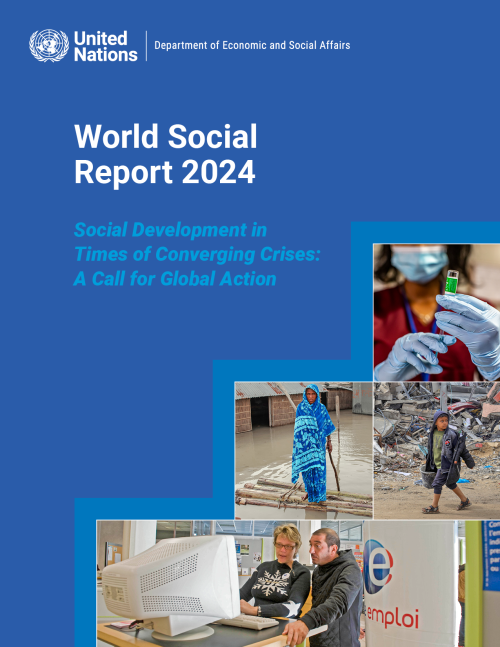
According to the World Social Report 2024, urgent global action is needed to support national efforts to address the setbacks caused by the recent global crises, and to avoid the conversion of future shocks to crises.
Titled “Social Development in Times of Converging Crises: A Call for Global Action”, the World Social Report 2024 explains that, in our current global policy environment, shocks more readily turn into crises that cross boundaries, demanding international action. Particularly as such crises disproportionately impact the most vulnerable people, societies and countries.
Crisis-driven setbacks in poverty reduction and unemployment
Successive shocks,…
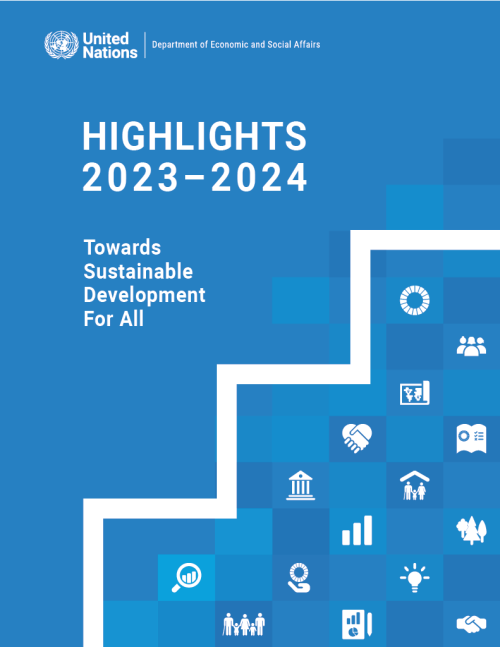
The UN DESA Annual Highlights report is a tool to communicate the contributions of the Department to the realization of internationally agreed development goals and shared social, economic, and environmental aspirations. It showcases the Department’s role in gauging trends, building capacities, and shaping solutions. UN DESA Highlights 2023–2024 covers activities over the period of the 78th Session of the General Assembly (September 2023 – August 2024) and reflects the Department’s response to the set priorities and expressed needs of Member States. Seven (7) thematic chapters showcase how UN DESA put its expertise to the task of supporting Member State efforts to implement the 2030…
 Welcome to the United Nations
Welcome to the United Nations